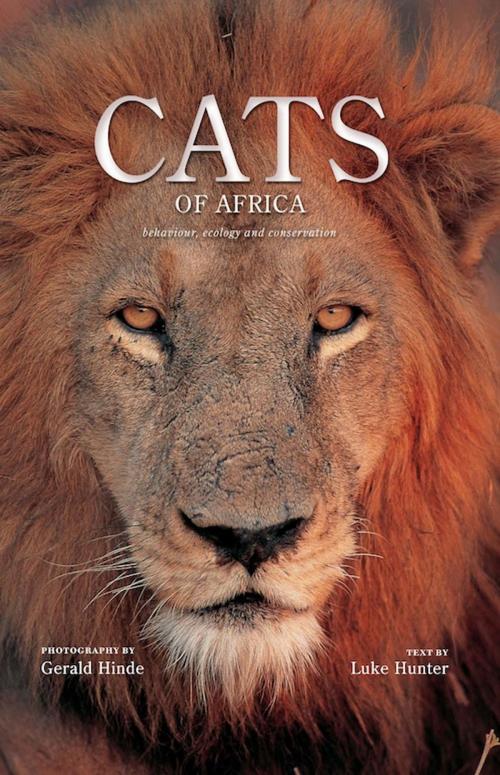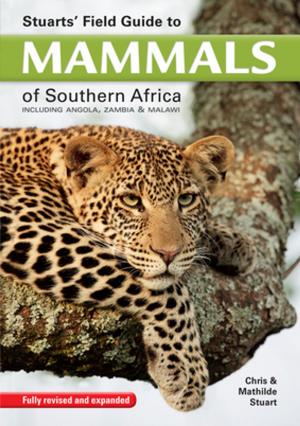| Author: | Luke Hunter | ISBN: | 9781775840558 |
| Publisher: | Penguin Random House South Africa | Publication: | June 25, 2013 |
| Imprint: | Struik Nature | Language: | English |
| Author: | Luke Hunter |
| ISBN: | 9781775840558 |
| Publisher: | Penguin Random House South Africa |
| Publication: | June 25, 2013 |
| Imprint: | Struik Nature |
| Language: | English |
There is nowhere on Earth like Africa for observing wild cats. A week spent in the superb national parks and game reserves produces almost guaranteed sightings of the three most spectacular and sought-after species - lions, cheetahs and leopards. Yet, alongside the big three, Africa is home to a further seven species of cat far less conspicuous than their larger cousins. Of these, the caracal, serval and African wildcat are marginally better known, while few people have seen the remaining four - the black-footed cat, African golden cat, jungle cat and sand cat. Rarely observed and little understood, most have never been the focus of dedicated scientific research. This book covers all 10 species. Inevitably, the bias is towards the large, well-studied cats but it includes all that is known about the smaller species, including observations and data from their Asian range or from captivity to fill in some gaps. Chapters deal with evolution and anatomy, predation, social systems, reproduction and survival, competition and conflict, and conservation, and include the most current research findings from around the continent. Supported by a wealth of dramatic and beautiful images, this is a comprehensive overview of the cat family in Africa - from the famous and popular African parks with their celebrated, safari-friendly felids, to the few remaining places on the continent uninhabited by people, where a wild cat may spend its entire life without feeling the effects of the human presence. Unfortunately, such untrammelled freedom is rare. The challenges facing cats in Africa are profound. Only one, the ubiquitous domestic cat, does not require dedicated conservation activity to ensure its survival for the next century. More than at any time in history, the fate of Africa's wild cats is in our hands.
There is nowhere on Earth like Africa for observing wild cats. A week spent in the superb national parks and game reserves produces almost guaranteed sightings of the three most spectacular and sought-after species - lions, cheetahs and leopards. Yet, alongside the big three, Africa is home to a further seven species of cat far less conspicuous than their larger cousins. Of these, the caracal, serval and African wildcat are marginally better known, while few people have seen the remaining four - the black-footed cat, African golden cat, jungle cat and sand cat. Rarely observed and little understood, most have never been the focus of dedicated scientific research. This book covers all 10 species. Inevitably, the bias is towards the large, well-studied cats but it includes all that is known about the smaller species, including observations and data from their Asian range or from captivity to fill in some gaps. Chapters deal with evolution and anatomy, predation, social systems, reproduction and survival, competition and conflict, and conservation, and include the most current research findings from around the continent. Supported by a wealth of dramatic and beautiful images, this is a comprehensive overview of the cat family in Africa - from the famous and popular African parks with their celebrated, safari-friendly felids, to the few remaining places on the continent uninhabited by people, where a wild cat may spend its entire life without feeling the effects of the human presence. Unfortunately, such untrammelled freedom is rare. The challenges facing cats in Africa are profound. Only one, the ubiquitous domestic cat, does not require dedicated conservation activity to ensure its survival for the next century. More than at any time in history, the fate of Africa's wild cats is in our hands.















